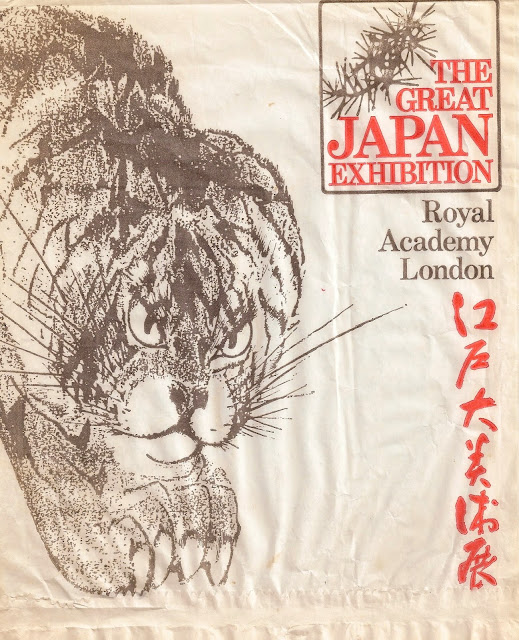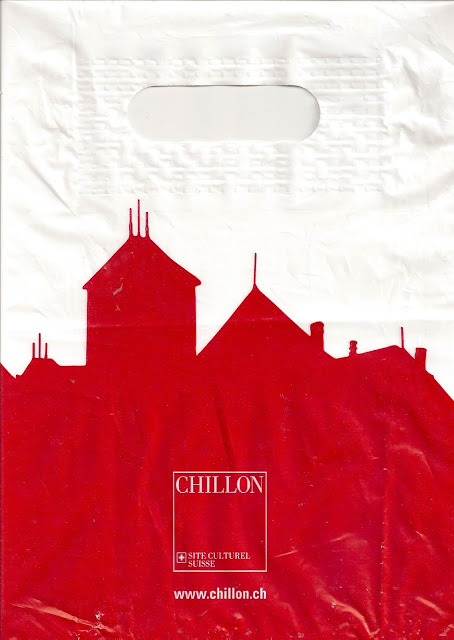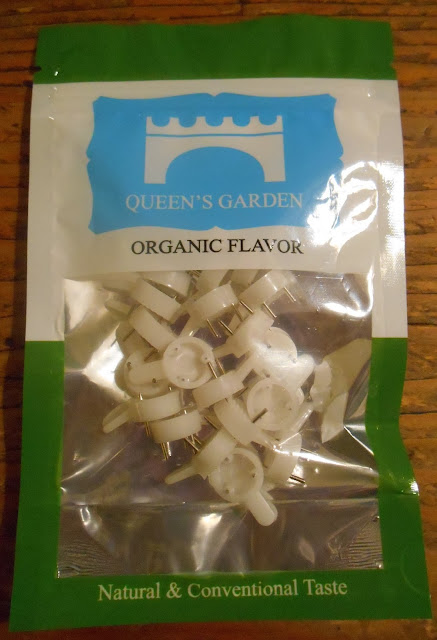 |
| Orders to Poach endpapers |
Olivia Fitz Roy wrote a series of books about the Stewart family of Carrick in the North West of Scotland.
 |
| Sandy with Polly the pony in Orders to Poach |
Orders to Poach (1942) was the first in the series where we meet Ninian who seems to have left school fairly recently - I don't think we ever pinpoint his age, Fiona who is 17 and just home from a Season in London and the twins James and Jean who are 12. Then there's their orphan cousin Sandy Stewart who is about 15.
The Stewarts are described as one of the poorest families in Scotland; they live in a small Lodge rather than in the Big House and only employ Maggie, a cook housekeeper who may have been their nanny when Ninian and Fiona were younger, and her niece Morag who doesn't feature much but is usually there in the background. They may be poor but Ninian has been at Eton and is about to go to Sandhurst, and in a year or so Jamie will go to Dartmouth. Plus of course, Fiona has been doing the London Season (basically that means she went to a lot of parties designed to find her a husband, and perhaps was presented at court) and you can't do that on a shoestring even if we are told she was staying an aunt.
Their father has gone to Burma with his regiment because he earns a bit more on this posting, but he has still felt the need to let the Big House to a Mr Drake. But here's the crux of the matter; to keep a
 |
| Hugh in Orders to Poach |
property in Scotland in tip top condition you have to fish the river and the lochs, and more particularly, you have to stalk to keep the population of stags down otherwise you will have more deer than the land will support and in winter they will starve from lack of food. And Mr Drake, having rented the estate on the understanding that he will fish and shoot, turns out to be a rabid conservationist and refuses to do so.
Ewan Stewart writes to his elder son telling him that they must poach. But Mr Drake somehow gets hold of the letter and reads it.
You don't need to know anything at all about fishing or stalking to enjoy this book although you will find yourself bombarded with information about salmon rods, trout flies, and goodness knows what else as you accompany the Stewarts, and their new friend Hugh Murray, on their campaign to get the better of Mr Drake and his watchers. You don't need to enjoy eating fish or venison (I don't eat fish at all and I'm not mad about venison) or want to trek across hills or up mountains, or climb scary sounding cliffs. The really enjoyable thing about this book, and those that follow, is the wonderful feeling for landscape, and the family relationships. The Stewarts are very entertaining company.
In later books the estate is let to more sympathetic people so there is no more poaching.
The endpapers for
Orders to Poach, indeed, all the books, show the landscape very accurately although most of the names have been slightly changed. Look at Poolewe and Loch Maree (near Gairloch) on google maps or whatever you have to hand and you can match the real thing to the maps in the books almost exactly.
 |
| Steer by the Stars endpapers |
 |
| Jean & Jamie in Steer by the Stars |
Next summer, in
Steer by the Stars (1945), the Stewarts and Hugh set off on a sailing adventure aboard the yacht Fauna. When they find they have forgotten to bring a compass they determine to use Hugh's knowledge of the stars (and the rather amateur star map he draws for them) rather than tamely go back home, and even sail to Lewis in the Hebrides through a really frightening sounding storm. Hugh is obviously very taken with Fiona, now 18, and we're told they have seen quite a lot of each other in London, but she seems quite oblivious and fails to respond to some strong hints. Later in the book when the Stewarts encounter Fergus McCloud and his gang of distillers/smugglers all of them are rather excited to help with the smuggling, Fiona especially I think. Hugh behaves rather well under the circumstances but he cannot have been pleased to have a rival who leads a far more exotic and romantic lifestyle than he does. I don't think this is particularly obvious but I have read the book so often now that I ponder the characters and their thoughts more than I used to.
 |
| The House in the Hills endpapers |
By the following winter
The House in the Hills (1947) has the Stewarts suddenly deciding to refurbish an abandoned croft on Carna Loch and move in for Christmas. Of course Maggie thinks they are quite mad, and frankly so do I. But they never seem to get cold or tired the way I do and of course if they did there would be no plot. They do seem to spend a vast amount of time thundering around the hills in the dark at great risk to life and limb: the days are very short in midwinter in the North of Scotland and really and truly the last thing I would want to do is row several miles up a freezing loch with a load of mattresses in the middle of winter.
 |
| Fiona in The House in the Hills |
However, that doesn't stop me enjoying the book. The Stewarts invite Fergus to stay and he does turn up complete with bottles of home made whiskey and his squeezebox. Apart from all the housekeeping in a deserted cottage with no electricity or running water (and no loo), the plot focuses on the search for a cave in which a Stewart ancestor hid from the English in 1745. Each of them finds a cave but naturally it is Fiona who finds the one they are looking for.
It seems to me that Olivia Fitz Roy really liked Fergus. She writes him as a lonely romantic and I suppose we are intended to sympathise with his difficult family background and his outlaw existence. I have to admit I'm not really convinced. Yes, he certainly leads an unconventional and essentially romantic-sounding life but it all seems too uncomfortable to me. I mean, when does he ever find the time to have a bath? Not to mention his really unpredictable temper which can be very unpleasant. I would find him a difficult person to share a table with in a pub, never mind have him to stay, or visit him at one of his homes (his brother's castle, the croft, the boat Wandering Star, and of course the smuggler's cave). But the Stewarts are more comfortable with him than I would be. And is it my imagination, that Fiona, probably Fitz Roy's favourite character, seems particularly taken with him? I wonder if he was based on a real person?
 |
| The Hill War endpapers |
The Hill War (1950) is a prequal. Ninian comes homes from Eton with some very silly ideas about girls not being as good as boys and has a frightful row with Fiona who must be about 14 in this book. She takes to the hills with Sandy and they spend a happy (if bad-tempered) summer feuding with Ninian and the twins, stealing food from the Lodge and running miles more than I possibly ever could. But it's quite a fun story and moves at a great pace if you don't pause to think too much.
 |
| Fiona in The Hill War |
Fiona and Sandy are the Jacobites, Ninian and the twins are the Redcoats (a terrible insult in the Stewart family).
The Island of Birds (1954) has James and Jean recuperating from measles but still not thriving. Fergus turns up out of the blue and takes them off to the deserted island where he has made a home for himself in a ruinous croft. The twins get involved with some very unpleasant people who plan to steal birds eggs. This leads to some frightening times, especially for Jean who is more timid than the rest of her family.
Sadly
The Island of Birds doesn't feature a map. Perhaps because it is largely set on a fictional island rather than in a real landscape.
 |
| Ninian in Orders to Poach |
There are two other books;
Wandering Star, about which I can find no information at all, except that's the name of Fergus's boat so it must be about him (there seems to be no way to buy this book and no-one seems to have written a review), and
The Hunted Head which is about a Stewart ancestor at the time of the Jacobite rebellion.
I love the first three books and have read them over and over again but could manage perfectly well without any of the others. The characters all work well together, the landscape is wonderfully drawn, and the family atmosphere (including Hugh) is nicely realised.
The books are slightly more grown up versions of one of those Enid Blyton books where the children live on an island, or a Swallows and Amazons story. And none the worse for that. You do have to accept that Olivia Fitz Roy came from a posh family and therefore wrote about posh people. She wrote her first book to entertain her younger sisters when they were all living in the North of Scotland in WWII, and obviously she wrote about what she knew.
It is a great pity that the books all have a different illustrator. I don't like some of the drawings and it's a shame that our heroes look quite different in every book. But of course they do feature wonderful maps on the end papers. I do love a good map.
The illustrators are (in order of publication) William Showell, Anne Bullen, Phyllida Lumsden, Shirley Hughes, and Raymond Sheppard (he illustrated the last two books).
I heartily recommend the first three books if you can find a copy, and if you enjoy them you may enjoy the later books too. I just don't enjoy them so much.
 |
| Fergus with the twins Jean & Jamie in Island of Birds |
 |
The Hunted Head endpapers
The Hunted Head
|



















































